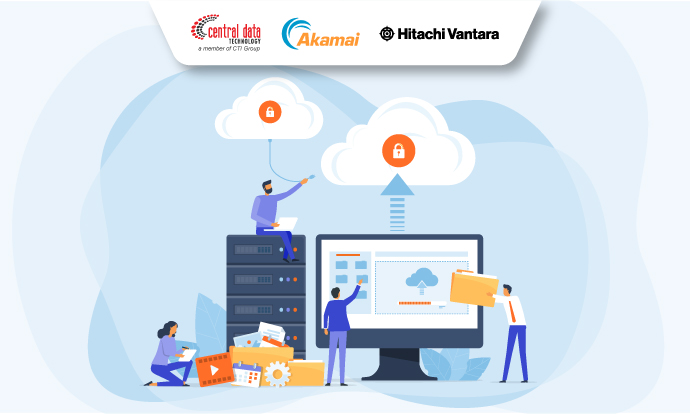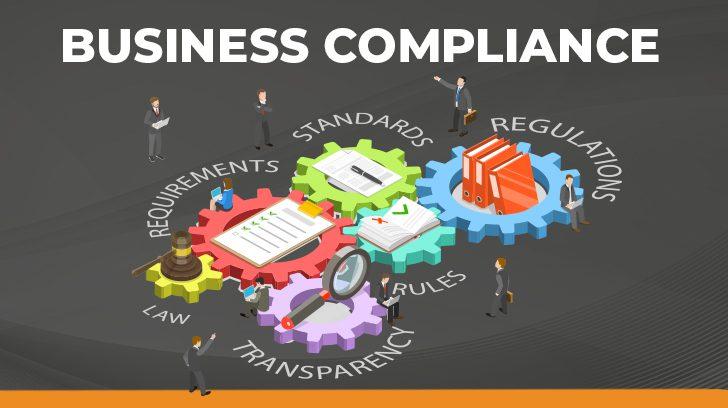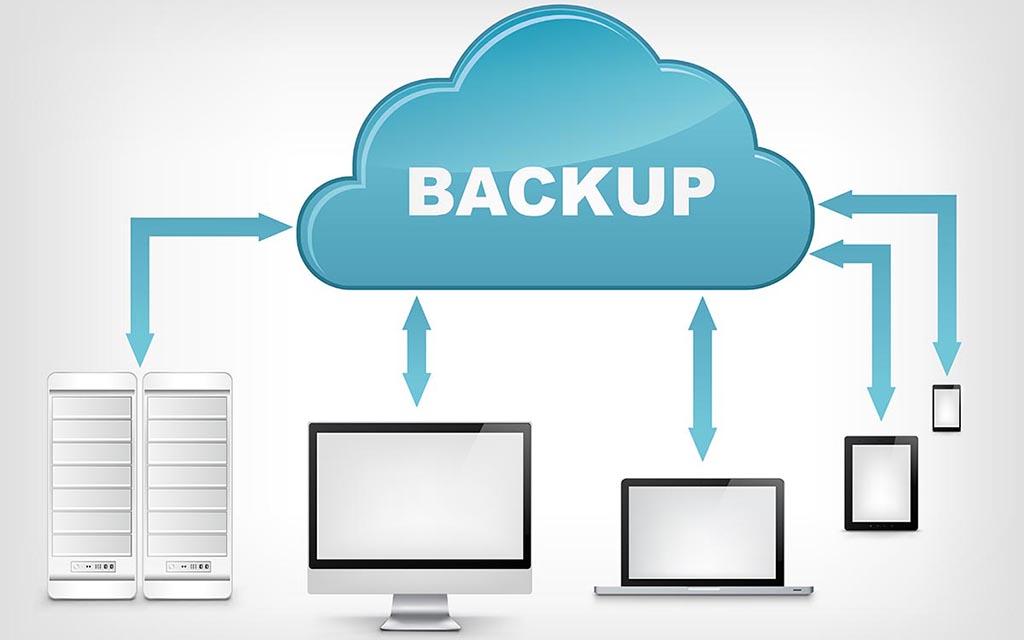In today’s digital landscape, where convenience and accessibility reign supreme, the cloud has emerged as the cornerstone for countless businesses striving to streamline operations and enhance collaboration. Software as a Service (SaaS) solutions offer unparalleled flexibility, allowing organizations to manage applications and data with ease. However, amid this rapid adoption, a stark reality looms: the inherent risks associated with relying solely on cloud providers for data security.
As businesses vault into the cloud-based future, the question of safeguarding sensitive information becomes paramount. Cyber threats, accidental deletions, and system outages can lead to significant data loss, which can disrupt operations and devastate reputations. This makes robust data backup strategies not just an option, but a necessity for any organization employing SaaS solutions.
In this article, we will explore essential strategies for effectively safeguarding your cloud data. From understanding the nuances of data backup options to implementing best practices tailored to your unique needs, we aim to empower you with the knowledge necessary to protect your cloud investments. Join us as we delve into the world of cloud protection, ensuring your data remains secure and your business resilient in the face of uncertainty.
Understanding the SaaS Landscape and Its Vulnerabilities
In today’s digital age, Software as a Service (SaaS) platforms have revolutionized the way businesses operate, providing flexibility, scalability, and access to sophisticated tools without the burden of management and infrastructure. However, as reliance on these cloud-based solutions grows, so do their vulnerabilities. Organizations must recognize that while SaaS providers implement numerous security measures, they are rarely impervious to threats. Risks can stem from various sources, including third-party integrations, user error, or even data breaches that go undetected. Understanding these vulnerabilities is crucial for effectively safeguarding sensitive data.
To mitigate potential risks associated with SaaS applications, businesses should adopt a proactive approach by considering the following essential strategies:
- Regular Backups: Ensure automatic, scheduled backups to secure data against loss.
- Access Control: Implement robust user access policies to minimize unauthorized access.
- Data Encryption: Utilize encryption both at rest and in transit to protect sensitive information.
- Monitoring and Auditing: Continuously monitor usage and conduct regular audits to identify unusual activities.
| Vulnerability | Description | Mitigation Strategies |
|---|---|---|
| Data Breaches | Unauthorized access to sensitive information. | Implement strong access control and data encryption. |
| User Error | Accidental deletion or misconfiguration of settings. | Regular training and clear user guidelines. |
| Third-party Integrations | Increased attack surface through external applications. | Assess security practices of third-party vendors. |

Crafting a Comprehensive Backup Strategy for Cloud Data
Creating an effective backup strategy for your cloud data is paramount to ensure continued access and security. A well-structured approach involves several key components that integrate seamlessly with your existing processes. First, identify the data that is critical to your operations, which includes customer information, transaction history, and intellectual property. Once you’ve determined what data is essential, explore the various backup solutions available. These may involve:
- Automated Backups: Set schedules for regular backups that can be run without manual intervention.
- Geographic Redundancy: Store backups in multiple locations to protect against regional outages.
- Incremental Backups: Only back up changes since the last backup to save time and storage space.
Additionally, it is important to establish clear recovery procedures. Your team should understand how to restore data quickly in the event of a loss. Regular testing of these procedures will ensure everyone is familiar with the process, reducing downtime when it matters most. Below is a simple table illustrating recommended backup frequency for different data types:
| Data Type | Backup Frequency |
|---|---|
| Critical Business Data | Daily |
| Transactional Data | Hourly |
| User Generated Content | Weekly |
| Archive Data | Monthly |

Emphasizing Compliance and Security Standards in Data Management
In today’s digital landscape, adhering to compliance and security standards in data management is paramount for organizations leveraging cloud-based SaaS solutions. Regulations such as GDPR, HIPAA, and CCPA impose strict requirements on data handling and storage practices. To create a compliant framework, organizations must implement comprehensive data governance policies that encompass the entire data lifecycle. It’s vital to conduct regular audits and risk assessments to identify vulnerabilities in data management processes. Integrating a robust data encryption system and maintaining controlled access through user authentication are also essential measures to safeguard sensitive information.
Moreover, organizations should consider the shared responsibility model inherent in cloud services. While cloud providers often ensure system-level security, companies must actively manage their data privacy and security protocols. Training employees on compliance standards and the significance of protecting sensitive data can significantly mitigate risks associated with human error. Establishing a continuous monitoring system enables real-time insights into potential security breaches, allowing for swift responses. Below is a brief comparison of common compliance frameworks that can guide organizations in bolstering their data management strategies:
| Compliance Standard | Focus Area | Key Requirement |
|---|---|---|
| GDPR | Data Protection | Consent Management |
| HIPAA | Healthcare Data | Patient Health Information Security |
| CCPA | Consumer Privacy | Data Access Rights |

Evaluating Backup Solutions: Tools and Techniques for Optimal Protection
When choosing a backup solution for your SaaS data, it’s crucial to consider a variety of tools and techniques that can best suit your organization’s needs. Cloud-to-Cloud backup solutions offer a seamless way to protect data stored across multiple platforms, ensuring that crucial information is never lost due to platform outages or accidental deletions. In addition, implementing incremental backups reduces storage costs and speeds up restoration processes, allowing you to focus on critical business functions without the dread of downtime. The following criteria can assist in evaluating your options:
- Recovery Point Objective (RPO): The acceptable amount of data loss measured in time.
- Recovery Time Objective (RTO): The time it takes to restore data after a loss.
- Security Features: Encryption, user authentication, and compliance with data regulations.
- Scalability: The ability to expand with your business as data loads increase.
To visualize the effectiveness of different backup solutions, consider the following comparison table highlighting key features:
| Backup Solution | RPO | RTO | Security Features |
|---|---|---|---|
| Cloud-to-Cloud | 5 min | 30 min | Yes |
| Incremental Backup | 1 hr | 15 min | Yes |
| Full Backup | 24 hrs | 2 hrs | Basic |
By understanding these tools and techniques, organizations can ensure they select the most effective backup solutions tailored to their operational requirements. Each backup strategy comes with its own set of advantages and shortcomings, thus necessitating thorough analysis and testing to establish a plan that fortifies your data against potential disasters while also aligning with your business continuity goals.
In Conclusion
As we conclude our exploration of the crucial strategies for safeguarding your data in the cloud, it’s clear that vigilance and preparation are essential. In the dynamic landscape of SaaS, where data is both a treasure and a vulnerability, implementing robust backup protocols is not optional—it’s a necessity. By understanding the intricacies of data management, leveraging advanced technologies, and adhering to best practices, organizations can shield their valuable information against unforeseen threats.
As you embark on your journey to fortify your cloud environment, remember that the cloud may be vast, but with the right strategies, your data can remain secure, accessible, and intact. The future is digital, and proactive data backup is your best ally in navigating it safely. Equip yourself with knowledge, stay informed on emerging trends, and transform your approach to data security from a mere reactive measure to a strategic imperative. The clouds may be ever-changing, but your commitment to safeguarding your data should remain steadfast.



